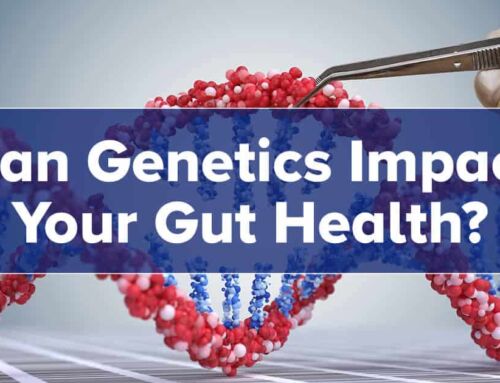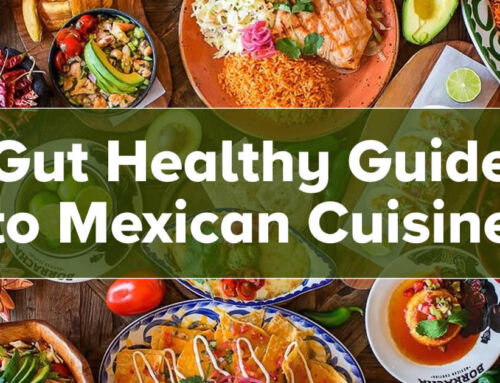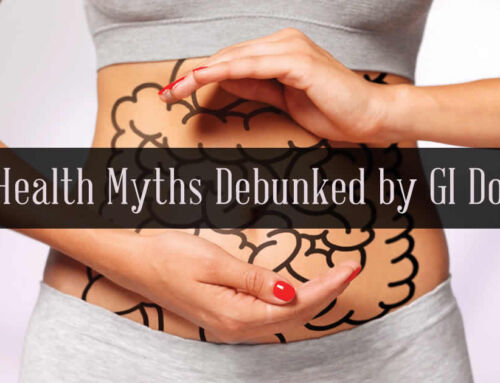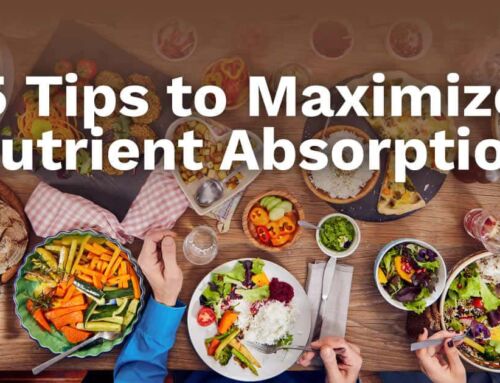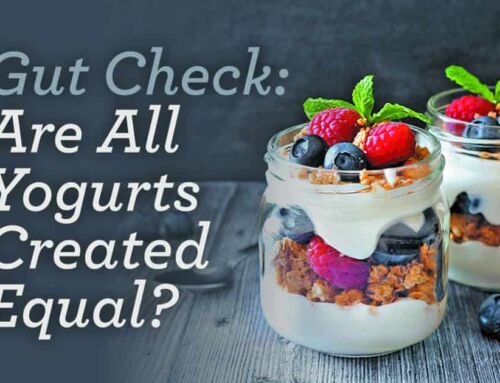Dealing with regular stomach pain, constant trips to the toilet, or bloating so much you can’t get into your jeans makes you miserable. You feel like you can never be truly comfortable – and you can never relax, at least not completely. And you can’t explain to your friend why you have to cancel your coffee date for the third time this month – you pretend it’s a headache.
If your digestive symptoms occur regularly, and often a few hours after mealtimes, it may be down to your diet. Think about it – when was the last time you felt satiated and comfortable after a meal?
If you’re experiencing problems that you think may be related to something you’ve eaten, an elimination diet could help you discover which foods are causing your issues.
What Is an Elimination Diet?
An elimination diet is a short-term diet where you remove and reintroduce certain foods that may be contributing to unpleasant symptoms. The symptoms may be caused by food allergy or intolerance, but can often include gastrointestinal symptoms such as diarrhea, bloating, painful gas, nausea, or pain in the abdomen.
An elimination diet is meant to be temporary – lasting 6 weeks at the most. You should discuss with your doctor which foods you are going to eliminate beforehand – the below list should never be attempted all at once.
Foods you may be asked to cut out:
- Dairy – Cow’s milk can be inflammatory for the gut, and has a negative effect on your gut microbiome.
- Wheat and other foods containing gluten – Gluten is a notorious inflammatory.
- Corn – The protein in corn can trigger a similar reaction in the body to gluten.
- Soy – Soy is inflammatory and difficult to digest.
- Nightshade vegetables – Nightshades can be inflammatory and can cause IBS symptoms.
- Fermentable Oligo-, Di-, Mono-saccharides And Polyols (FODMAPs) – FODMAPs are found in many foods, and can be responsible for many adverse digestive symptoms.
- Citrus fruits – Acidic foods can further irritate the lining of your gut.
- Eggs – An egg intolerance can cause gastrointestinal symptoms: remember, most laying hens are fed corn.
- Nuts – Nuts contain tannins and phytates to stop them from seeding while still inside an animal’s stomach, but these substances can impede mineral uptake in human’s digestive systems.
- Seafood – Consuming seafood can result in your gut microbiome becoming imbalanced.
- Pork – Eating pork can have a poor effect on your gut microbiome. The majority of pork products are heavily processed, which can also have a bad effect on your digestion.
In the removal phase, lasting 2-3 weeks, you cut out the eliminated foods completely. There’s no phasing out, no cutting out dairy but leaving eggs – it all goes. The approach may seem short-sighted – aren’t we supposed to be figuring out what’s making you ill, not just removing everything? However, the elimination diet works best if we leave the detective work until the second phase.
In the reintroduction phase – you guessed it – you reintroduce the forbidden foods, but you work slowly: bringing back each food group every 2-3 days and keeping a detailed symptom diary. If your symptoms return, bingo, you’ve identified a food trigger! Again, this stage should take 2-3 weeks.
Remember, there’s no half-assing an elimination diet. It’s a huge commitment. You have either eliminated certain foods or you have not. But this commitment is worthwhile if you’ve exhausted other options and are tired of your gut ruling your life.
Digestive Health Benefits of an Elimination Diet
When it comes to your digestive health, there are several benefits to undergoing an elimination diet. Some patients find the outcome life-changing, as symptoms clear up and they’re able to live freely with less pain and embarrassment – and not needing to know where the nearest restroom is located at all times.
If you try an elimination diet you could:
- Reduce your irritable bowel syndrome (IBS) symptoms
- Uncover unknown food allergies and sensitivities
- Decrease how many diarrhea attacks you experience
- Heal your leaky gut syndrome (also known as increased intestinal permeability)
An elimination diet is an excellent non-invasive option if you feel like you’ve tried everything else, and although it can be tricky – it’s only six weeks for a potential improvement over your lifetime.
Who Should Try an Elimination Diet?
I believe that everyone can benefit in some way from undergoing an elimination diet at least once during their lifetime. But if you experience recurring gastrointestinal symptoms, and you suspect food sensitivities may be responsible, why wouldn’t you give the elimination diet a try?
Do you experience:
- Frequent diarrhea for more than four weeks at a time?
- Chronic constipation that a gastroenterologist has diagnosed?
- Regular bloating or pain in the abdomen after eating?
- Frequent nausea after eating?
- Flatulence to the point of embarrassment?
If so, the elimination diet should be the next option you try.
6 Elimination Diet Mistakes to Avoid
As the elimination diet can be tough to undertake, it’s easy to make mistakes – but these mistakes can often result in you having to attempt the diet again, or even harming your health.
So try to avoid:
- Going it alone: consult with a nutritionist, dietician, or doctor to agree on a diet plan before going ahead. Speaking to a health professional allows you the benefit of knowing what to eat, and when exactly to reintroduce foods.
- Quitting when you feel worse: As tempting as it may be to quit within the first few days when you’re not seeing any immediate improvement – hold off. Your body needs time to adjust. Equally, it may be tempting to finish the reintroduction phase early after noticing a couple of foods bring back the symptoms, but you need to check all eliminated foods – or risk having to do the diet again.
- Failing to plan ahead: Batch cooking, and sticking to a detailed plan is key. During an elimination diet there’s absolutely no lee-way to order pizza, and you’ll have to plan accordingly.
- Risking nutrient deficiency: Another reason to agree on a diet plan with a health professional is to ensure you’re not trying to eliminate too many foods at once, resulting in malnutrition, and harming your health further.
- Assuming that your problem foods are forever unsafe: Food is neither good nor bad and it may be possible for you to eat these foods on occasion, once your gut is more healed. Certainly, I don’t want any of my patients to feel that they have to avoid a food type at all costs – sometimes that’s simply impossible.
- Staying on the diet beyond 6 weeks: the elimination diet is short-term for a reason – once you reintroduce the foods in the second phase, its job is done. An elimination diet is most useful as a diagnostic tool – it would be unhealthy to try and live on it long-term.
Above all, the elimination diet is a useful aid in determining if food is a trigger for your digestive system or IBS, provided you undertake it safely and carefully. While it’s a huge commitment, if done right the diet may provide you with real answers.
Have concerns about your digestive symptoms or whether the elimination diet is right for you? If you’re in the San Antonio, TX area and looking for a board certified gastroenterologist click to request an appointment or call our office at (210) 615-8308.


